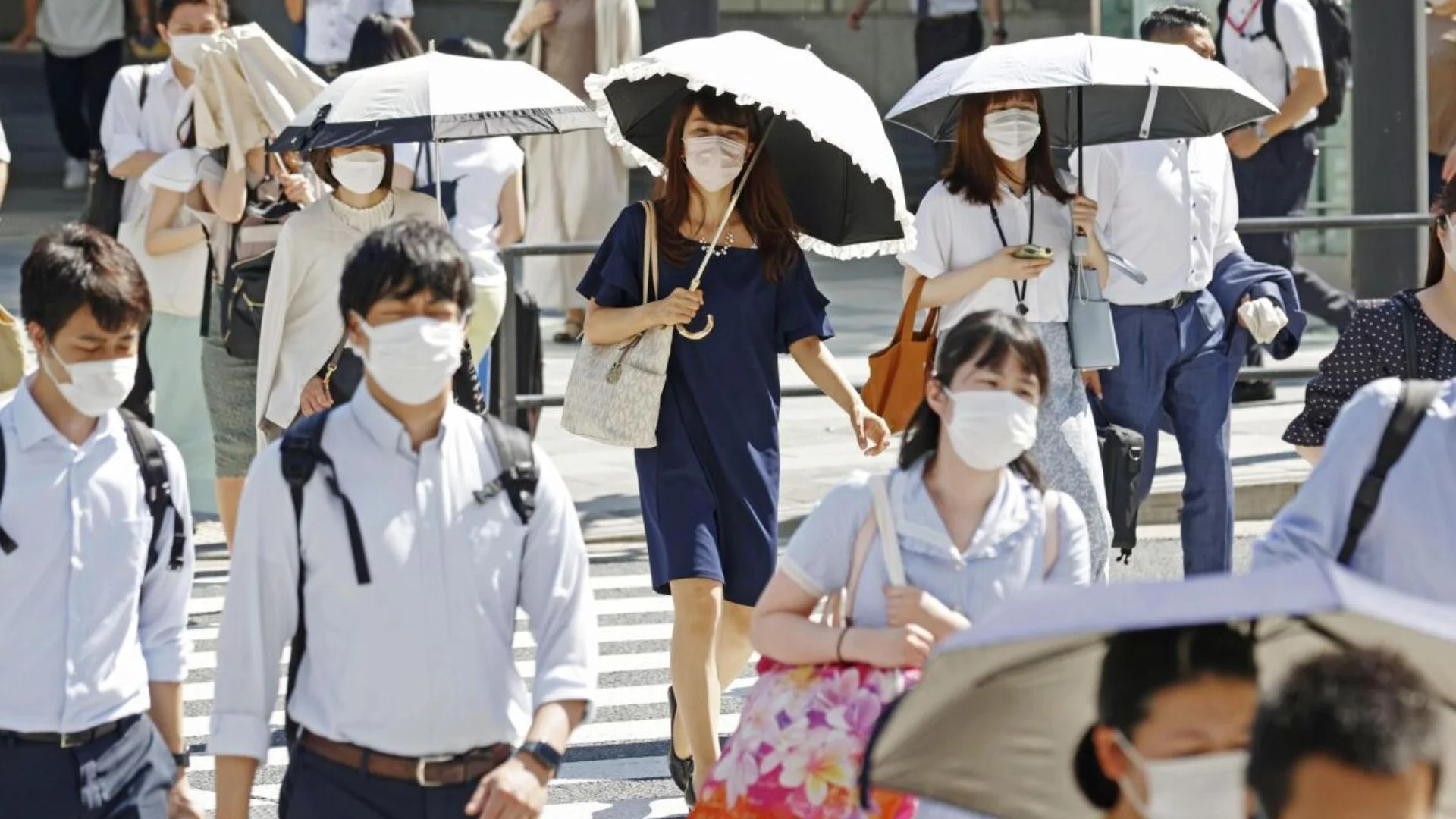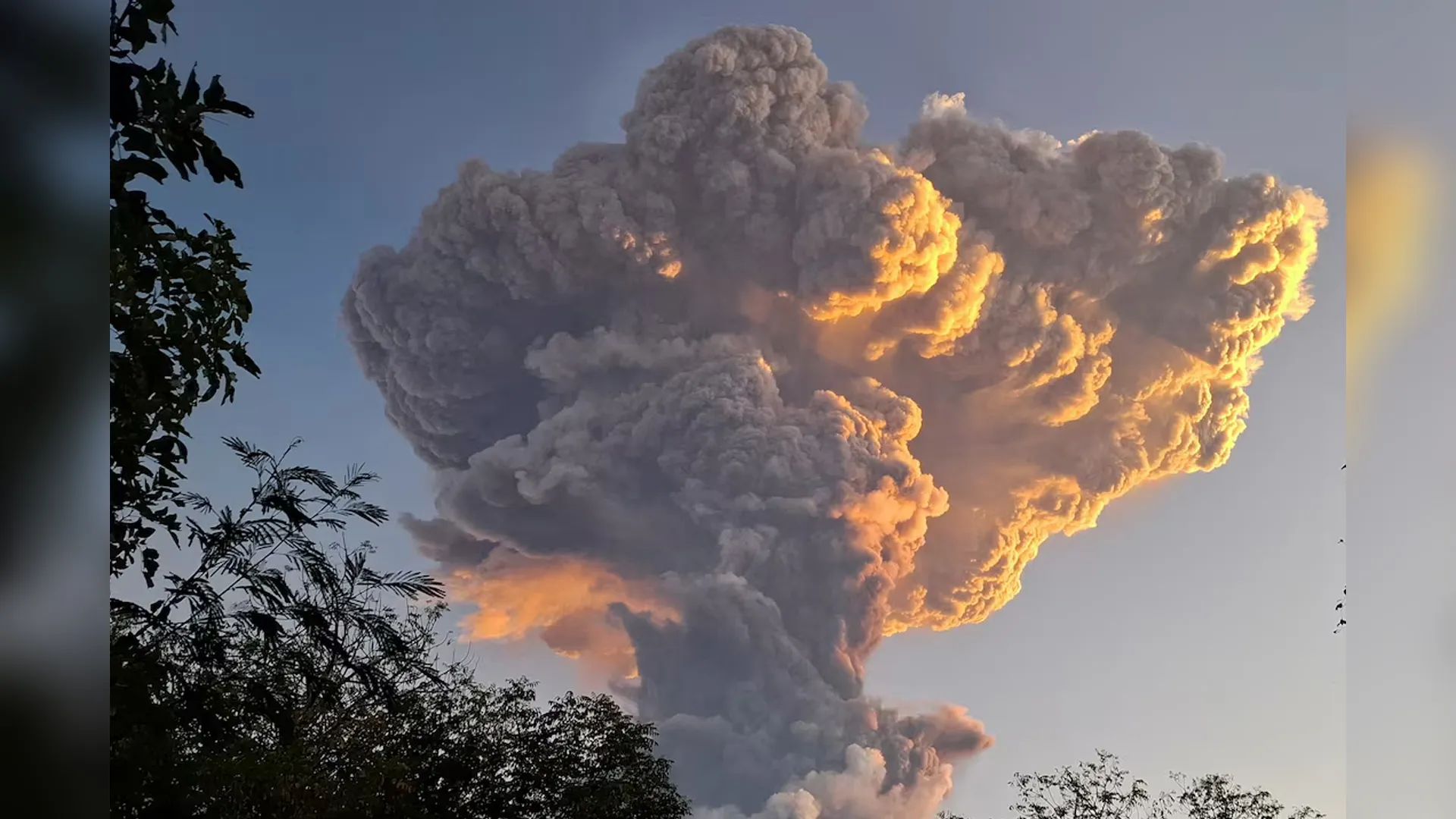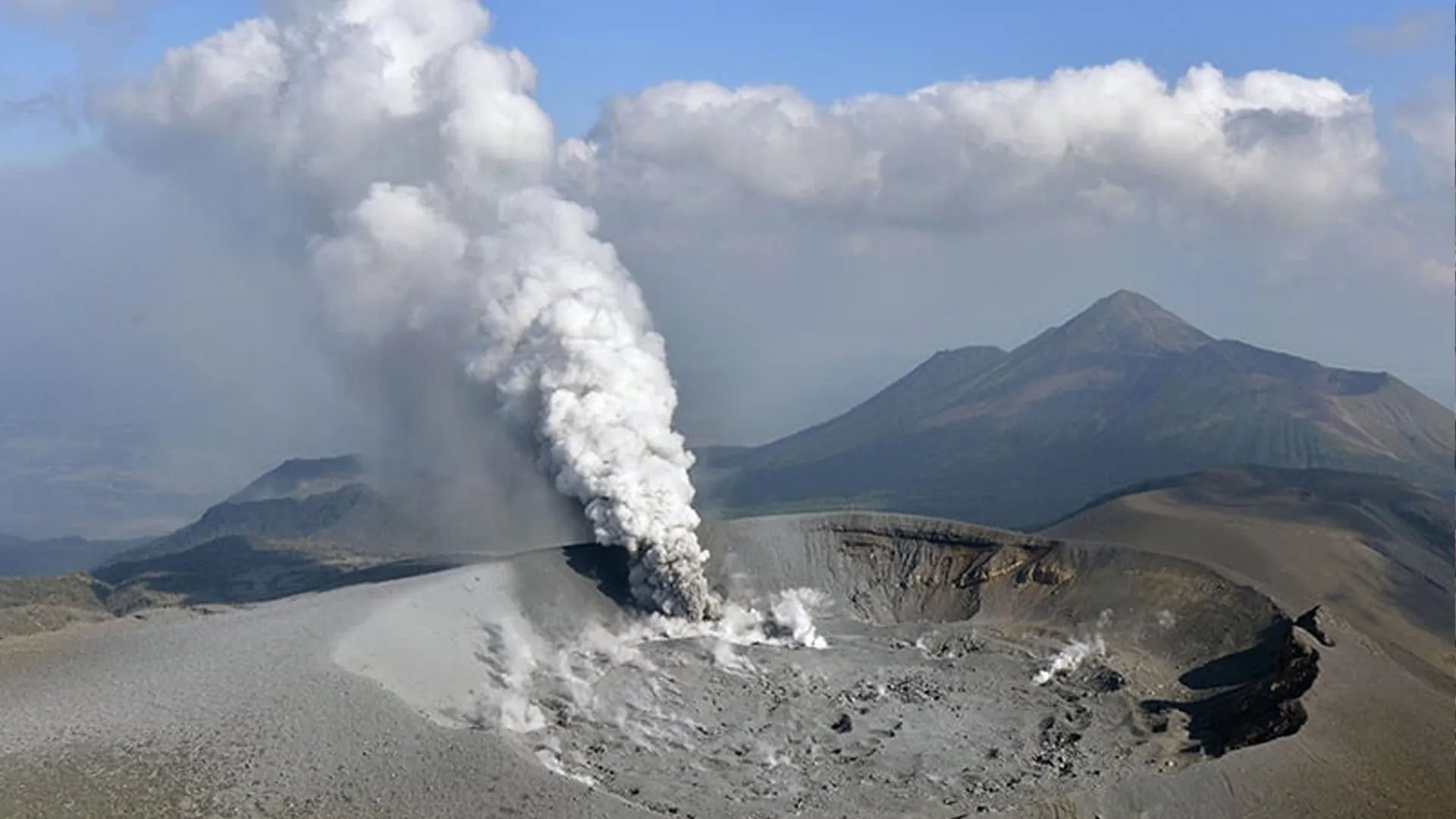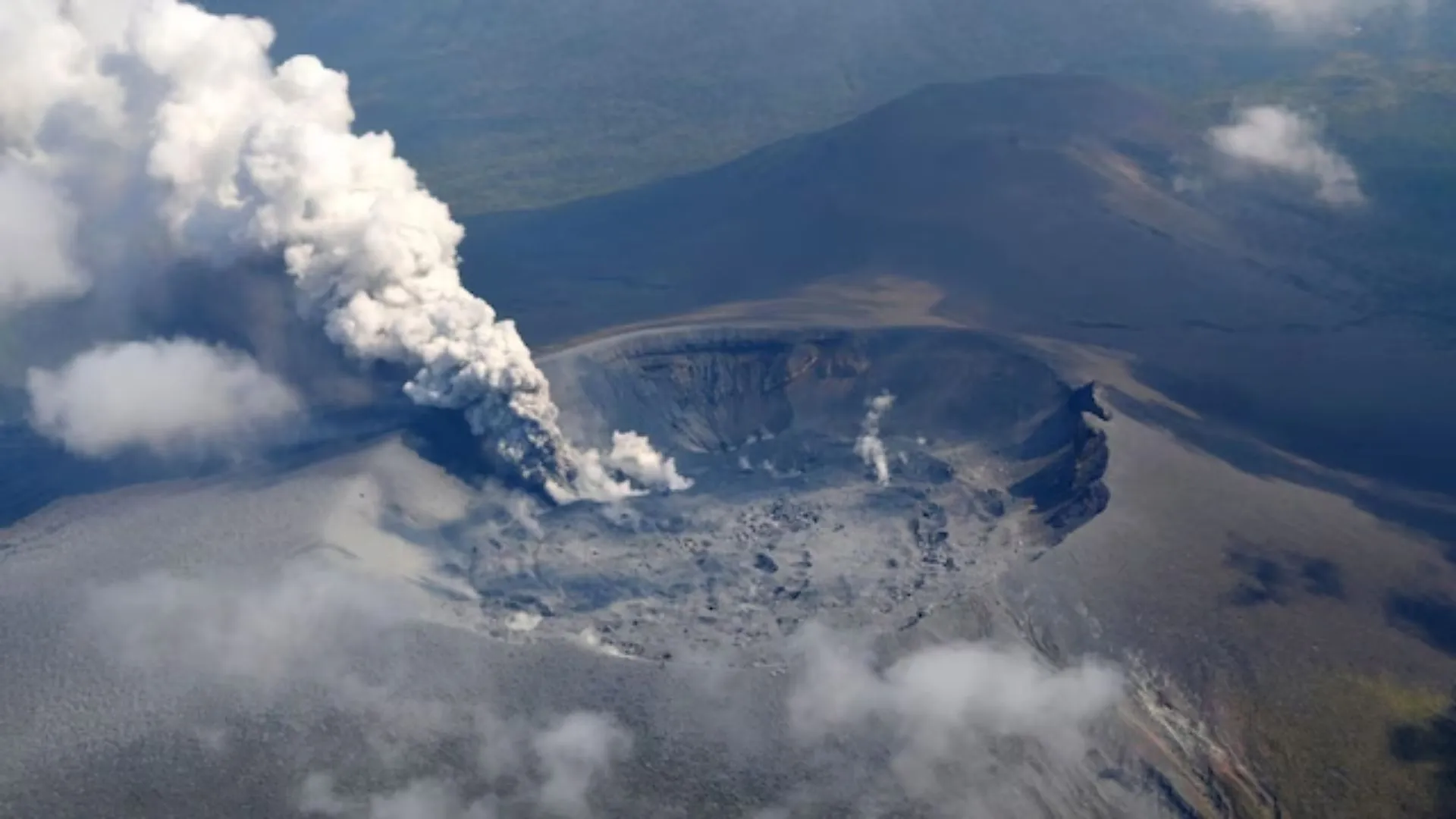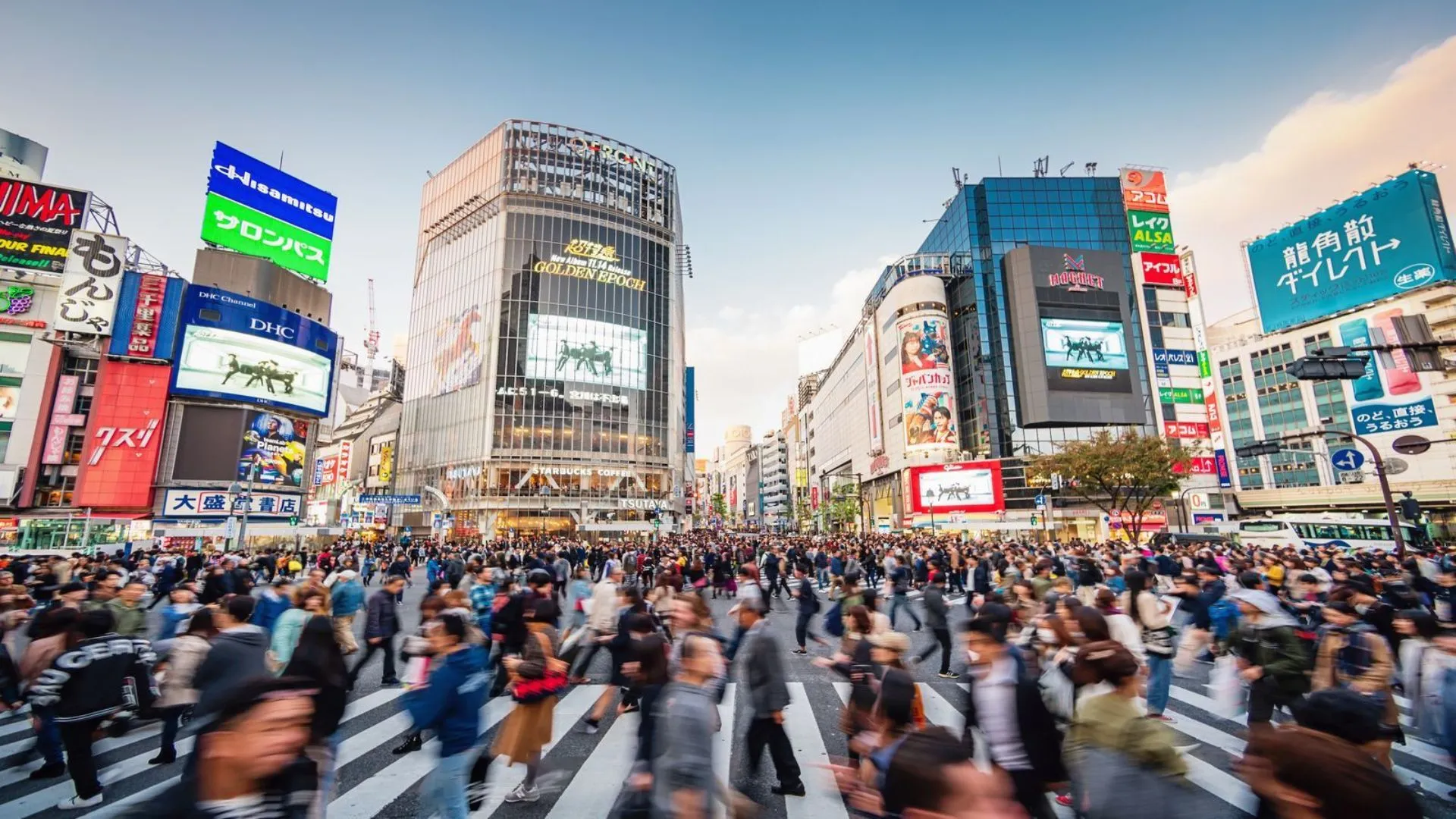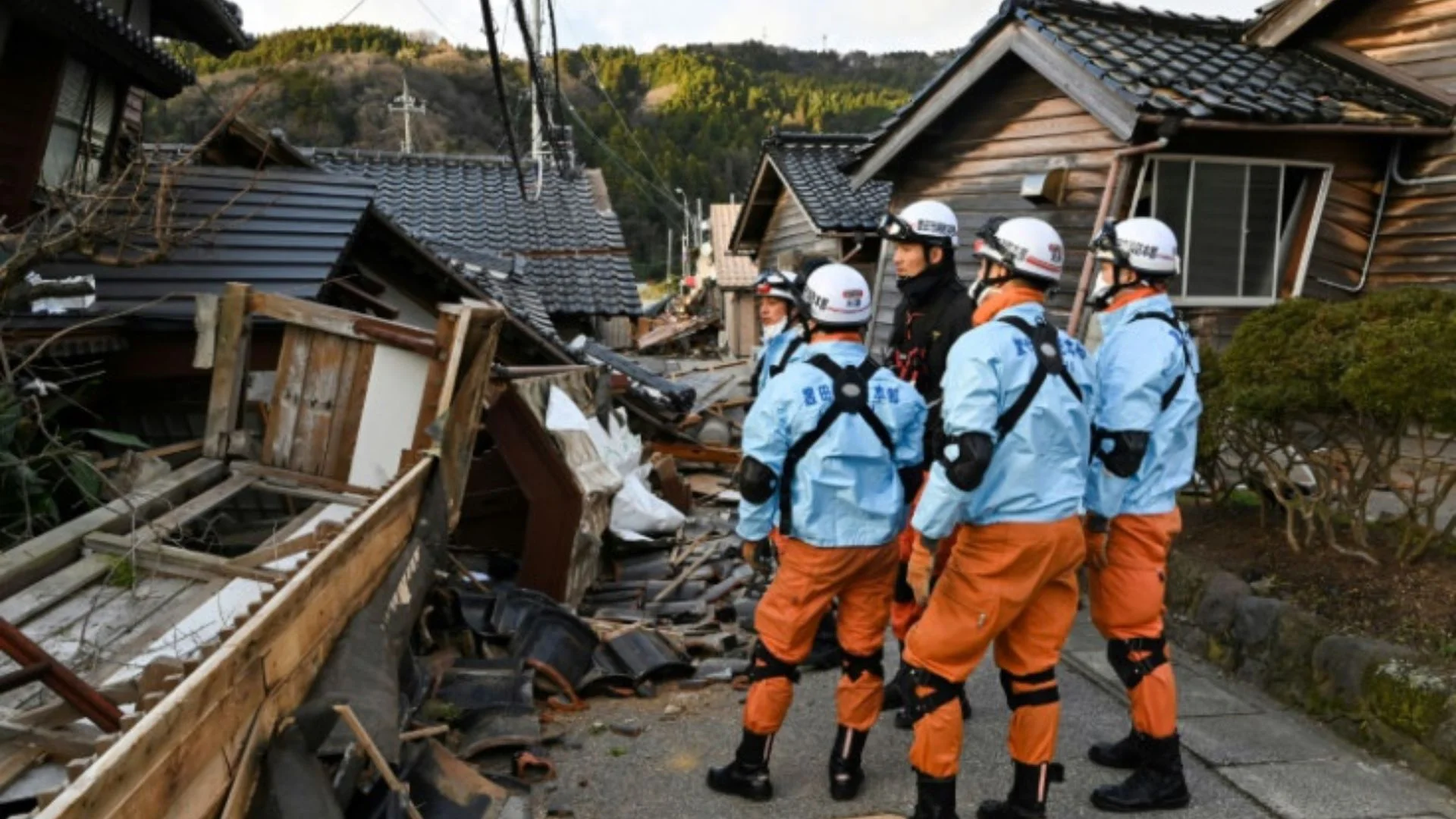Japan has issued a public warning after a fierce early-summer heatwave that swept over much of the nation this week killed four individuals by suspected heatstroke.
In local reports, temperatures reached over 35°C at 65 sites within the Kanto–Koshin area, with Kofu reaching a record 38.2°C, Takasaki 37.7°C, and Shizuoka 37.6°C. A total of 547 observation sites reported above 30°C highs, which included Tokyo at 34.8°C and Osaka at 33.4°C.
“This kind of heat is obviously unusual,” said Yukiko Imada, a professor at the Climate System Research department of the University of Tokyo, in an interview with the South China Morning Post.
The four victims were all elderly and included a 96-year-old woman who was found lifeless in an open field in Gunma Prefecture and subsequently confirmed dead. Tokyo’s hospitals treated 169 individuals for heat-related illnesses on June 18, and another 57 the next day, putting increasing pressure on emergency services.
Official warnings have been issued that the intense heat is likely to last throughout the weekend and have also opened over 500 temporary cooling centers in affected regions. People, particularly the elderly, are being advised to remain indoors, hydrate themselves, and avoid going outside.
Meteorologists blame the blistering temperatures on a strong Pacific high-pressure system, combined with clear conditions and low wind. The Japan Meteorological Agency forecasted that summer 2025 will experience above-normal temperatures, fueling alarm over more intense heat events in the next few months.
The present heatwave comes after record-breaking summer of 2024 the most torrid since the start of records in 1898 with average temperatures 1.76°C higher than the long-term average. A total of over 120 died from heatstroke in Tokyo alone during July 2024.
Experts say that such early and intense heatwaves could occur increasingly as a result of climate change.

